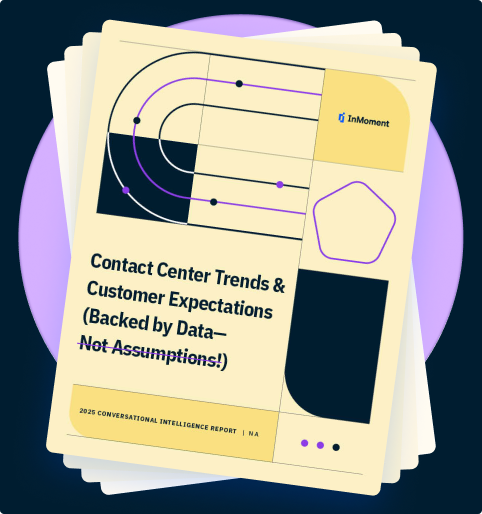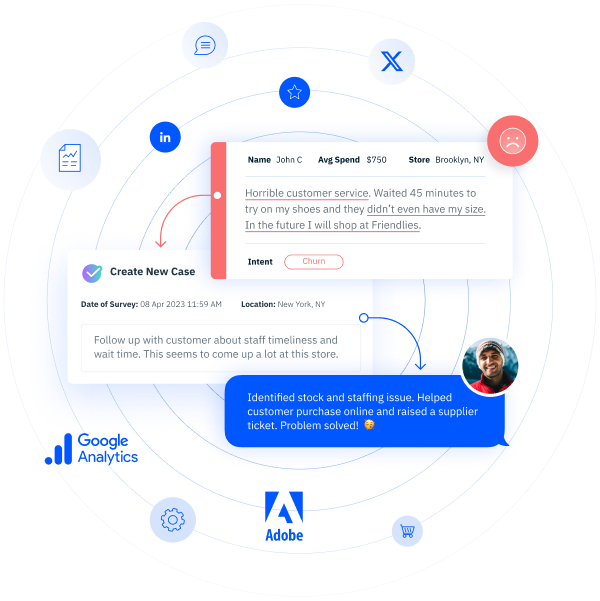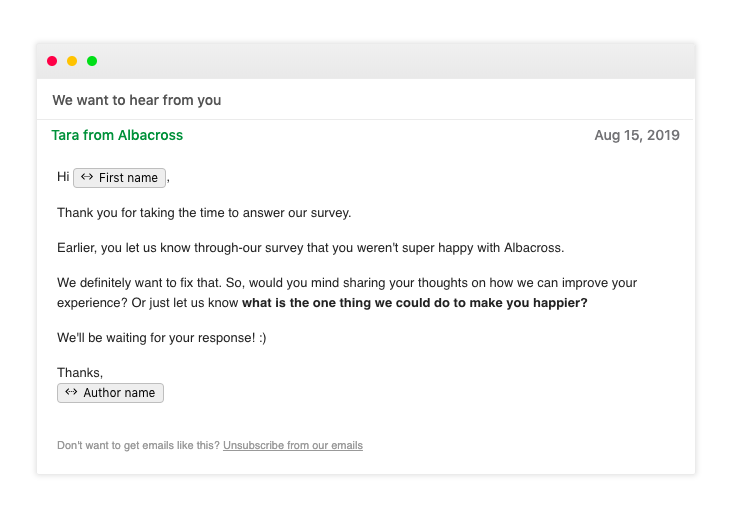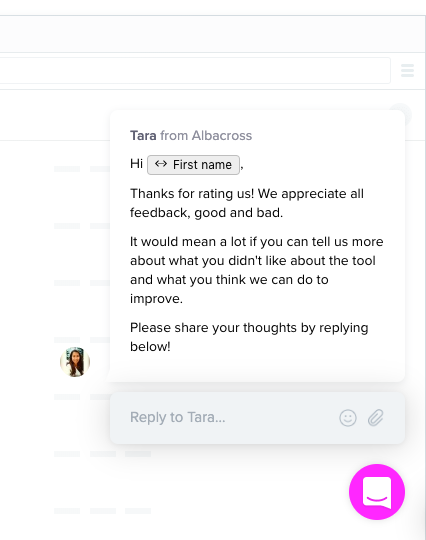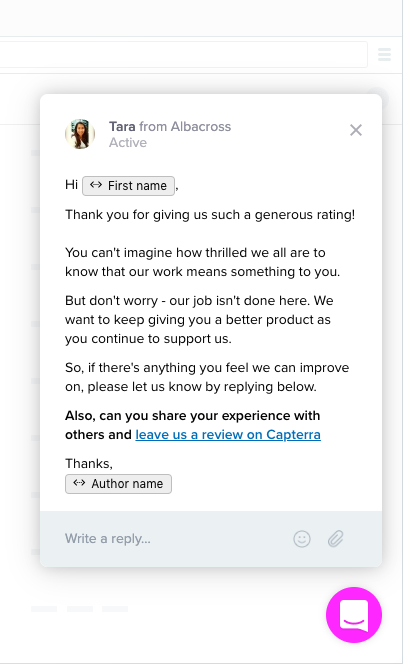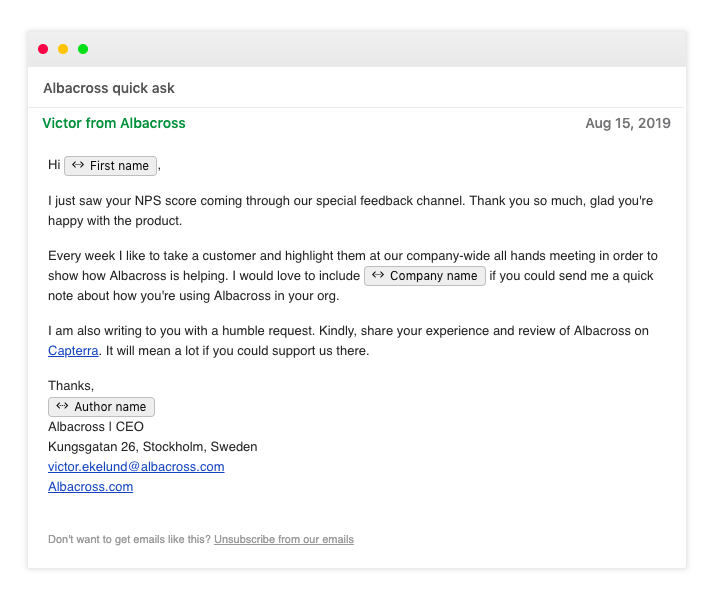Elevating Customer Service with Contact Center Solutions
Elevating customer service with advanced contact center solutions enables businesses to provide seamless, personalized support across multiple channels. These solutions streamline operations, improve response times, and empower agents with the tools and data needed to resolve issues effectively. By enhancing customer interactions, companies can boost satisfaction, loyalty, and overall brand reputation.
In a world where customer service and support are crucial to business success, the importance of an efficient and effective contact center cannot be overstated. As businesses strive to meet the diverse needs of their customers, a contact center serves as a single point of contact that can handle customer feedback from a variety of sources, and create an omnichannel customer experience.
What is a Contact Center and How Does it Work?
Contact centers are the beating heart of customer service operations, and is often considered as part of customer services best practices. They serve as centralized hubs where businesses manage customer interactions. These interactions can take various forms, including phone calls, emails, web chats, social media inquiries such as online reviews, and more! The primary goal of a contact center is to ensure that customers receive timely and effective support.
Contact centers work by routing customer inquiries to the most appropriate agents or channels, which enhances efficiency and reduces customer wait times. They rely on technology, such as Interactive Voice Response (IVR) systems, to automate responses and categorize customer requests, ensuring that they reach the right destination.
What are Contact Center Solutions?
Contact center solutions refer to the suite of tools, software, and technologies that help businesses streamline and improve their customer service operations. These solutions are versatile and can be tailored to meet various use cases. Whether you’re running a small e-commerce store or a large multinational corporation, contact center solutions have something to offer.
These solutions play a pivotal role in enhancing customer interactions, providing better support, and fostering customer loyalty. They allow businesses to manage customer data, track interactions, and gain valuable insights into customer behavior. As a result, they become essential for maintaining a competitive edge.
Are there different types of Contact Center Solutions?
The short answer is yes, contact center solutions come in various types, each catering to specific business needs and goals. These distinctions help businesses find the right fit for their unique customer service requirements. Let’s explore some of the common types of contact center solutions:
- Inbound Contact Center Solutions: These solutions focus on managing incoming customer inquiries. They are ideal for businesses that primarily receive calls, emails, or chat messages from customers seeking assistance or information. Inbound solutions are equipped to efficiently route and handle these inquiries to ensure a seamless customer experience.
- Outbound Contact Center Solutions: In contrast to inbound solutions, outbound contact center solutions are designed for businesses that initiate customer interactions. They are commonly used for telemarketing, lead generation, and proactive customer outreach. Outbound solutions facilitate features like automated dialing and predictive dialers to optimize outbound campaigns.
- Cloud-Based Contact Center Solutions: Cloud-based solutions have gained significant popularity due to their scalability, flexibility, and cost-effectiveness. These solutions are hosted in the cloud, allowing businesses to access and manage their contact center from anywhere with an internet connection. They are particularly valuable for small and mid-sized businesses that want to avoid hefty upfront investments in infrastructure.
- On-Premises Contact Center Solutions: On-premises solutions are installed and operated on the company’s own servers and infrastructure. They offer greater control over the technology stack and data security. However, they often require more substantial upfront investments and ongoing maintenance.
- AI-Powered Contact Center Solutions: Artificial intelligence (AI) is revolutionizing the customer service landscape. AI-powered contact center solutions leverage machine learning and natural language processing to enhance customer interactions. Chatbots, virtual assistants, and AI-driven analytics are some of the advanced features offered by these solutions.
Streamline Interactions with Omnichannel Solutions
In the digital age, customers expect seamless interactions across various channels. Omnichannel contact center solutions have risen to meet this expectation. These solutions incorporate text, chat, and social media into the customer service ecosystem, allowing businesses to meet their customers where they are.
Omnichannel solutions help businesses provide consistent and personalized support, irrespective of the customer’s chosen channel. By centralizing customer data and interactions, these solutions enable agents to offer more contextually relevant assistance, and continue to improve customer experience in your organization.
The Most Important Features to Look for in a Contact Center Solution
When considering contact center solutions, it’s crucial to evaluate the features they offer. Some of the most critical features include:
- Transcription services: Effective contact center software solutions should have transcription services that have the ability to turn hours of audio into text.
- Text analytics: Whether it’s a call transcript, an online chat, or social media interaction, having text analytics capabilities is crucial in a successful contact center solution.
- Agent and coach scorecards: Aside from customer interactions, you need to have the ability to analyze the performance of your agents in order to understand areas for improvement.
Additional Features to Consider
- Omnichannel Voice of Customer (VoC): The ability to combine large amounts of contact center interactions to develop a holistic Voice of the Customer.
- Conversational analytics: Unlock the insights between agent and customer in threaded conversations
- Knowledge management: Understand performance at the team and agent level and be able to identify strengths and areas for improvement.
- Strategic services: Receive expert guidance and reporting on key business questions and drivers
- Impact prediction: Explore key factors and opportunities that influence your metrics the most
These are just a few features to look for in successful contact center solutions. Choosing a contact center solution with the right features can significantly impact the effectiveness of your contact center and the quality of customer support.
What are the Best Call Center Solutions?
The title of the “best” contact center solution is subjective and highly dependent on your business’s unique needs. The right solution for your business will depend on factors such as your industry, company size, and specific customer service goals.
The best call center solutions should not only offer a robust set of features but also be user-friendly and easy to set up. Your chosen solution should allow you to get started right away, enabling your team to become productive without a steep learning curve. Having experts readily available to provide assistance and answer questions is a crucial aspect of this ease of use. Whether it’s through comprehensive documentation, 24/7 customer support, or dedicated account managers, having support at your fingertips ensures a smoother implementation and operation.
Additionally, consider solutions that offer scalability. Your business may grow, and your customer service needs will evolve over time. A flexible solution that can adapt to your changing requirements is invaluable. Look for solutions that allow you to add or remove features and agents as needed.
Not quite sure what your business needs to take your contact center solution to the next level? Our experts can help you find the right solution for your needs. Learn more by speaking with one of our experts and get a personalized contact center demo!
Selecting the Perfect Contact Center Solutions
Contact center solutions are pivotal in delivering exceptional customer service and support. Understanding the ins and outs of contact centers and the features available are essential for making the right choice for your business. Remember, the “best” solution depends on your unique needs.
The right contact center solution can make all the difference in providing top-tier customer service and support, ultimately leading to greater customer satisfaction and business success. So, whether you’re in the midst of selecting a contact center solution or are looking to upgrade your current one, reach out to our experts for a personalized contact center demo today!

